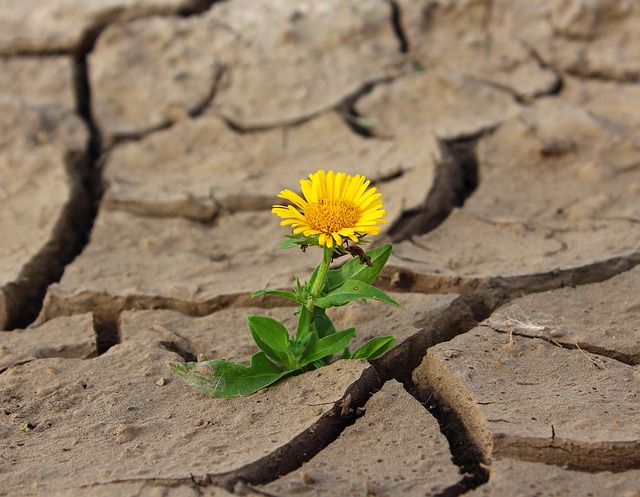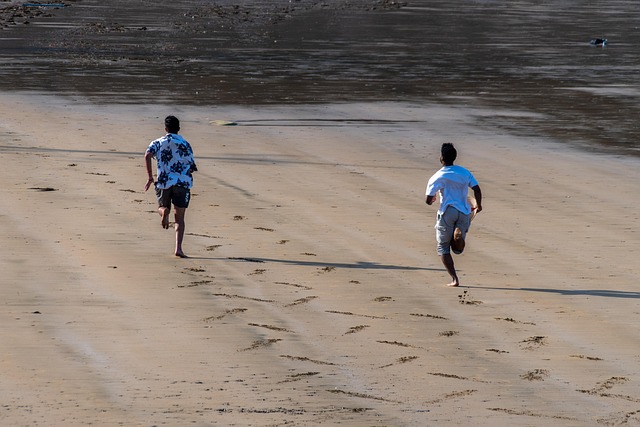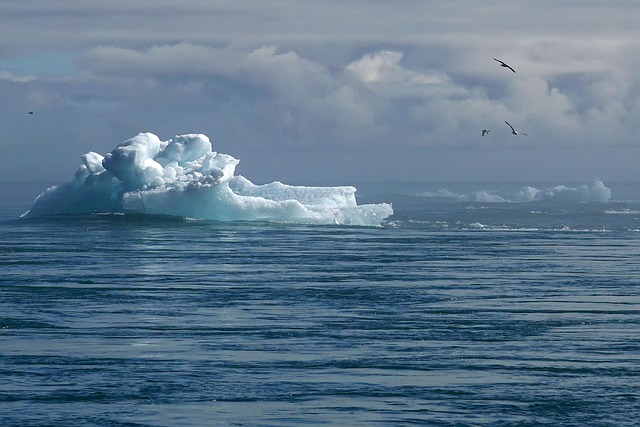
Building Resilience: Climate Change, Extreme Weather, and the Environment
In an era where climate change is no longer a distant threat but a palpable reality, developing resilience becomes imperative for both individuals and communities. The effects of extreme weather events, such as hurricanes, wildfires, and floods, are becoming more frequent and severe, leaving us grappling with the consequences on the environment and our daily lives. Embracing resilience is about understanding our vulnerabilities while taking proactive steps to mitigate the impact of these increasingly unpredictable natural phenomena.
The environment, our irreplaceable home, is intricately linked to our well-being. With rising temperatures and shifting weather patterns, ecosystems are under stress, prompting changes that can result in the loss of biodiversity. From coral reefs bleaching in warmer waters to forests burning due to prolonged droughts, the delicate balance of our planet is tipping. It’s vital that we recognize these changes and work towards enhancing our resilience to environmental shifts.
Building resilience requires a multifaceted approach. On a personal level, we can start by educating ourselves about climate change and its impacts. Understanding how our daily choices—whether it’s reducing waste, conserving water, or opting for sustainable products—affect the environment can empower us to make a difference. By advocating for eco-friendly policies and supporting renewable energy initiatives, we can collectively foster a culture of sustainability that enhances our resilience against climate change.
Communities also play a crucial role in fostering resilience. Local governments can implement strategies that not only address immediate threats from extreme weather but also promote long-term sustainability. For instance, investing in green infrastructure, such as rain gardens and permeable pavements, can help manage stormwater and reduce flooding risks. Community-led initiatives that focus on planting trees or restoring natural habitats can help sequester carbon and bolster the ecosystems that support us.
Moreover, we must not overlook the importance of mental and emotional resilience in the face of climate anxiety. The overwhelming nature of news surrounding climate change can lead to feelings of helplessness. Connecting with nature and nurturing our environment can be profoundly healing. Participating in community clean-up days, tree planting events, or simply spending time outdoors can boost our spirits and reinforce our commitment to protecting the planet.
As we navigate a world fraught with challenges related to climate change and extreme weather, the drive towards resilience is more crucial than ever. It’s a journey that begins with acknowledging the interconnectedness of our lives with the environment. By fostering resilience within ourselves, our communities, and our ecosystems, we can create a more sustainable future. We have the capacity to rise above the adversities posed by climate change, transforming them into opportunities for the betterment of our world.



